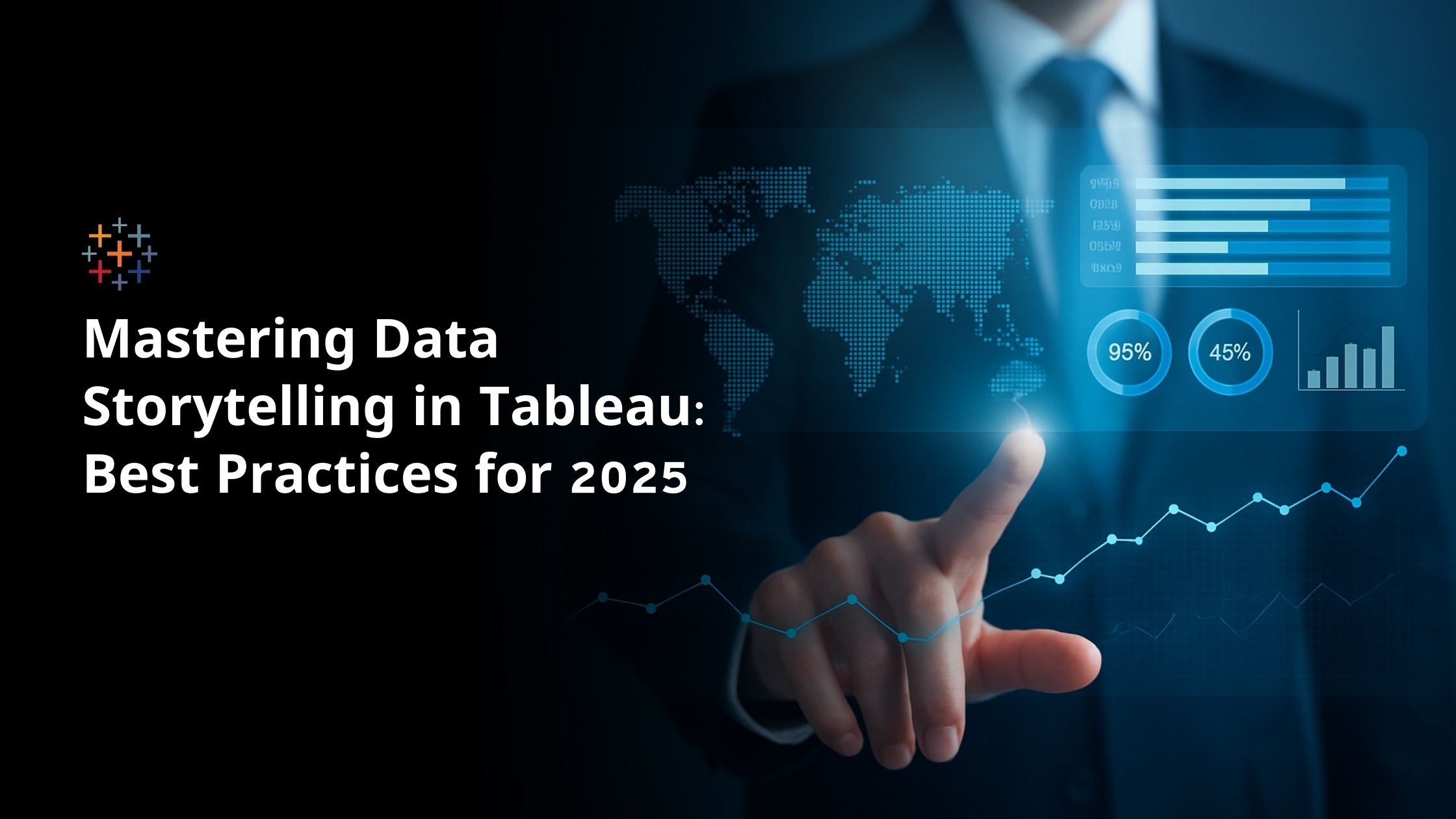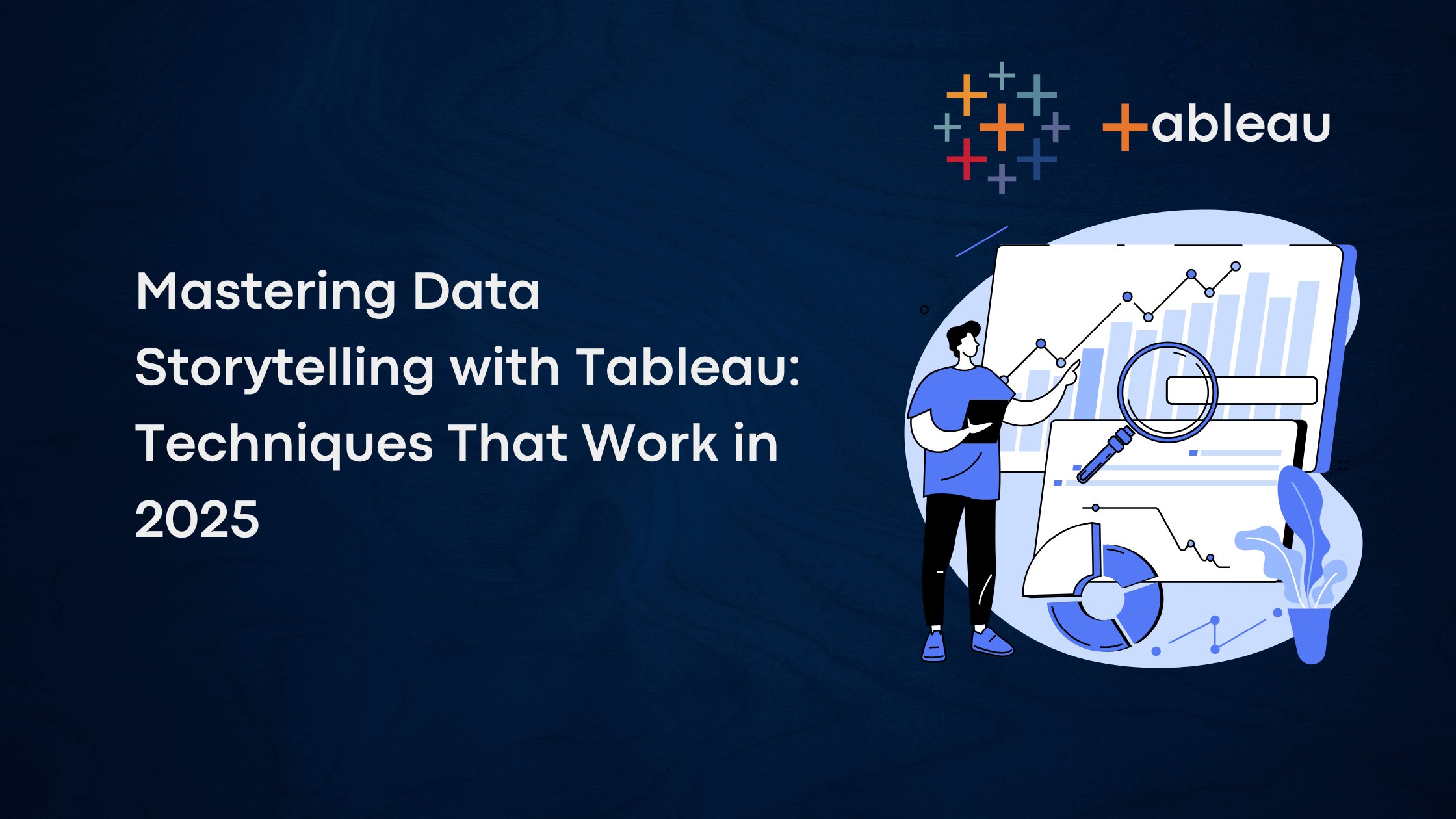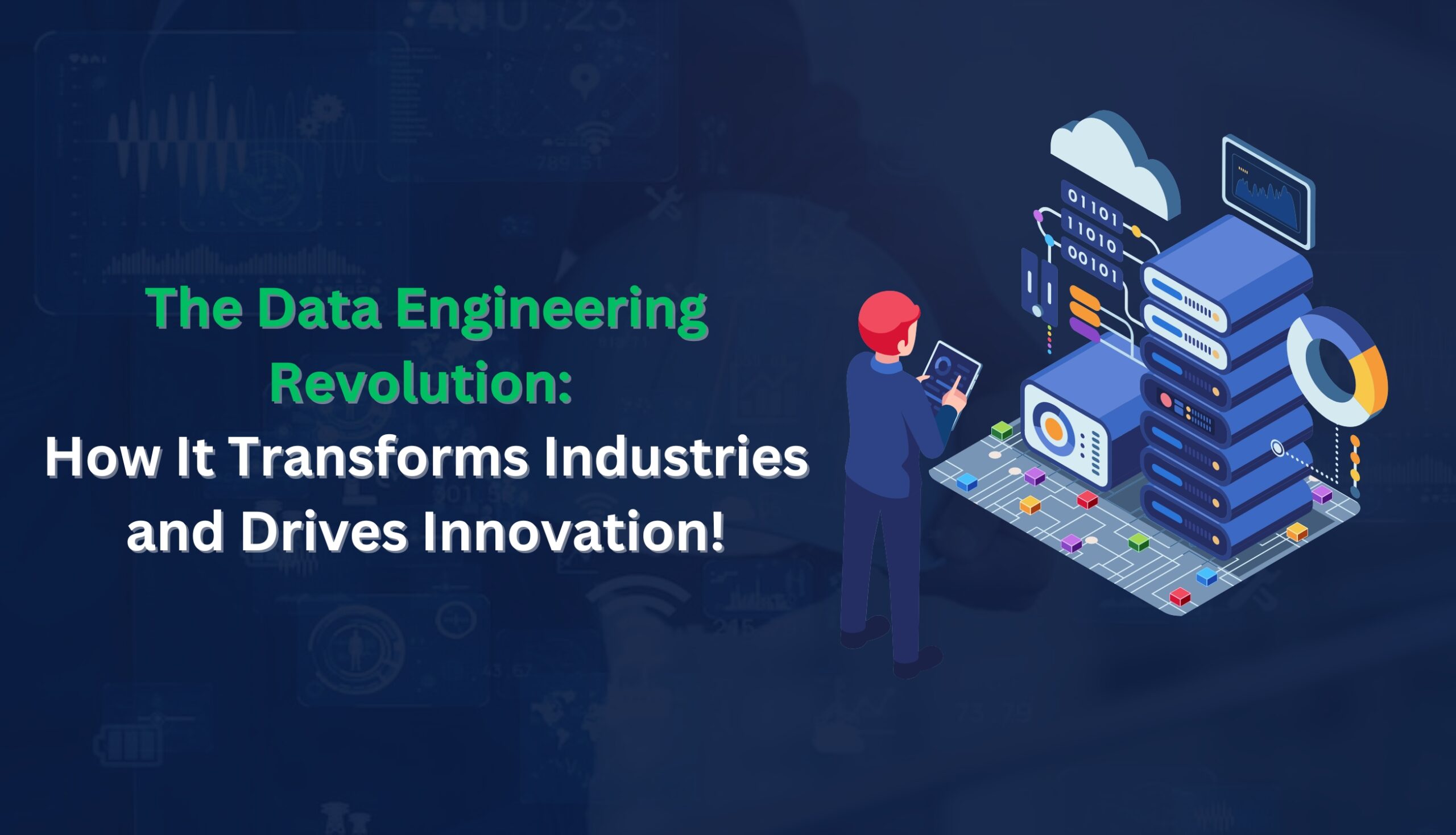What Is a GCC? Scaling Your Capabilities Globally with Confidence
Global expansion is no longer a choice, because it is a must for most companies. Businesses today want to grow faster, minimize costs, and reach talent worldwide. One of the most effective ways to do this is by setting up a Global Capability Center (GCC). These centers are changing how organizations handle technology, business functions, and growth on a global scale.
This blog defines what a GCC is, how it operates, the advantages of GCC, and why this model is so important for organizations trying to grow with confidence.
What Is a Global Capability Center?
A Global Capability Center is the offshore subsidiary of a business that oversees significant activities like IT, finance, HR, or R&D. In contrast to outsourcing, where projects are done by an external third-party vendor, a GCC is owned and operated entirely by the parent company.
This framework enables companies to tap into global talent, manage costs while keeping them low, and sustain innovation without ever relinquishing control. Any function, ranging from the development of software to data analysis, can be enabled by a GCC in business and hence be a potent lever of long-term success.
Why GCC in Business Matters Today
A GCC in business is more than a back office. It is a strategic partner that supports businesses in innovating and growing. GCCs today perform not only mundane activities but also sophisticated activities such as designing products, automating work, and cybersecurity.
This change enables companies to remain competitive by emphasizing development and growth instead of mere cost reduction. With global talent and digital technology, GCCs enable companies to quickly adapt to new market needs.
Top Advantages of GCC
The benefits of GCC greatly exceed cost reduction. Some benefits are:
- Access to talent: Companies can hire the best talent across the world.
- Lower costs: Offshoring tends to decrease costs by up to 60%.
- Innovations: GCCs are hotspots for innovation, R&D, and process development.
- Control: As opposed to outsourcing, policy and culture are controlled by the parent organization for the GCC.
These all contribute to making GCCs a critical component of creating stronger and more resilient global companies.
Role in Enterprise Scalability
The greatest benefit of GCCs is that they make enterprise scalability a reality. With the growth of companies comes the increase in their demand for talent pools, sophisticated tools, and streamlined processes. Rather than overwhelming internal operations, businesses can leave it to GCCs to manage this expansion.
For instance, in entering new markets, a GCC can hire additional staff and resources with no interruptions to current teams. This results in more efficient operations and expands more rapidly without the massive expenses.
GCC and Global IT Operations
Technology is at the center of today’s business, and Global IT Operations tend to be run by GCCs. The centers handle activities like software development, cloud hosting, and security for data.
Through embedding IT in a GCC, firms achieve consistency, quality, and control at a price using global expertise. The model enables companies to innovate quickly and respond to evolving customers’ requirements with velocity.
Global Delivery Model and GCCs
All such firms employ a global delivery model in which various units around the world perform some tasks. GCCs are at the core of such an arrangement by combining good professionals, advanced infrastructure, and business expertise in a single entity.
This structure allows for round-the-clock work, faster project delivery, and greater efficiency. By spreading tasks globally, companies minimize risks and make sure operations continue without any delay.
GCC Setup: How It Works
A successful GCC setup requires careful planning and execution. The process typically includes:
- Selecting an appropriate location in terms of skill and affordability.
- Establishing high-performing local teams based on the company’s culture.
- Implementing communication and governance systems.
- Keeping pace with host country legislation and international best practices.
Done well, an effective GCC can become an integral part of the parent company’s global infrastructure overnight.
Offshore Capability Center
A GCC is usually regarded as an offshore capability center, but it involves a lot more than support functions alone. In contrast to conventional outsourcing, GCCs bring stability, innovation, and long-term value because they leverage the cost-effectiveness of the offshore model with the control and culture of internal teams.
This makes them a very potent competitive advantage for businesses that wish to establish global strength and maintain lean and business-centered operations.
Bottom Line
A Global Capability Center is now one of the best methods through which business firms can grow, save money, and innovate with complete control over the firm. By operating global functions in-house, companies can grow securely and act swiftly towards changing markets.
If you want expert support in making use of GCC, Sira Consulting is here to help. With years of experience in IT outsourcing, global centers, and digital strategy, we guide companies through every step of the process. Visit Sira Consulting to learn how we can support your global growth journey.







